Fast App: Geomagic Studio Puts R-Design on the Fast Track to Improved Part Design
Instead of beginning with initial CAD modeling, the engineering firm used Studio software to bypass time-consuming steps to pursue the fastest path to final production, with precision design.
May 24, 2010
By Bob Cramblitt
R-Design Studio, a design and engineering firm based in Budapest, Hungary, refuses to be bound by conventions when it comes to finding the fastest path from design concept to final production. A recent project for R-Design’s Nimrod-Racing subsidiary is typical of the company’s approach. Faced with the challenge of redesigning the suspension arm for Nimrod-Racing’s Traxxas Slayer (Figure 1)—a radio-controlled, one-eighth scale racing car model—R-Design’s engineers didn’t go back to the drawing board; they reached instead for their 3D scanner and Geomagic software.
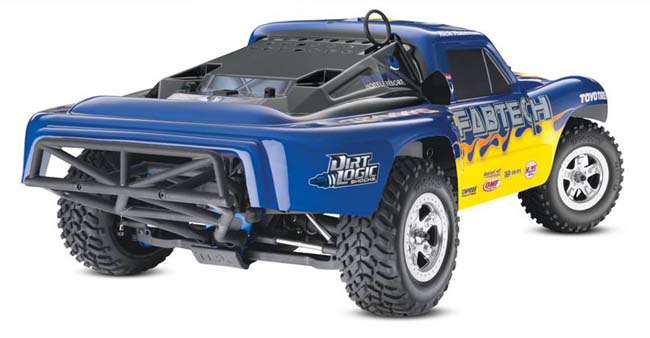 Figure 1. The Traxxas Slayer is a one-eighth-scale radio controlled car, designed by R-Design Studio’s Nimrod-Racing subsidiary. (Courtesy of R-Design.) |
Fast Path from Scan to CAD
R-Design scanned the model car’s suspension arm with a GOM ATOS white-light scanner (Figure 2). The scanner projects fringe patterns onto the object’s surface, which are then recorded by two cameras. The result is an STL file—a triangulated mesh surface output. The file was then brought into Geomagic Studio to extract design intent (Figure 3).
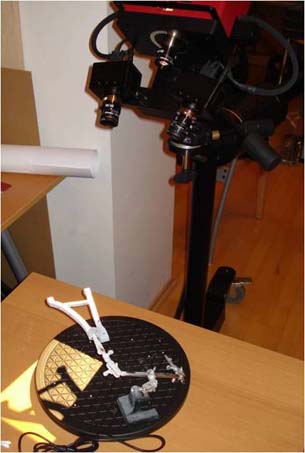 Figure 2. R-Design’s engineers scanned the Traxxas Slayer’s suspension arm, using the GOM ATOS white-light scanner. (Courtesy of R-Design.) |
Geomagic Studio automatically identifies features such as planes, cylinders, cones, spheres, and extruded and revolved surfaces. This enables objects to be modeled as they were originally designed, with a combination of primitive shapes, swept features, and freeform surfaces.
Once design intent was extracted, R-Design used Geomagic’s Parametric Exchange to directly transfer geometry from Geomagic Studio to SolidWorks. Parametric Exchange speeds the design process by eliminating the need for intermediate neutral CAD transfer files, such as IGES or STEP.
The completed parametric model from Geomagic Studio was further refined in SolidWorks (Figure 4). R-Design optimized the geometry and completed the redesign of the suspension arm, using the CAD software’s built-in finite element analysis functions.
From Digital to Improved Physical
The geometry was then sent to an Objet Eden 3D printer, which builds a part layer by layer, with 16-micron accuracy, ensuring smooth surfaces and highly detailed parts (Figure 5). While the Objet printer is used primarily for manufacturing prototypes or finished parts, in this case, it was used to create a silicon-casting tool for R-Design’s vacuum casting system.
Within the casting system, carbon fibers and tapped inserts were placed into the silicon tool, which was filled with a special resin. The vacuum in the casting chamber enables the resin to completely fill the form, without bubbles. Small numbers of parts can be created—in this case, 100 pieces of the suspension arm—at a relatively low cost.
The combination of the optimized geometry created in Geomagic Studio and SolidWorks and the carbon-fiber composite material makes the new suspension arm 10 times stronger while reducing its overall weight. Even if the car’s wheels collapse, the suspension arm won’t break.
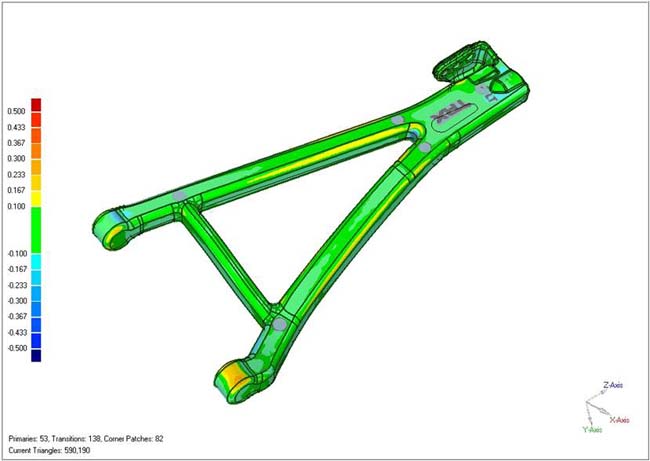 Figure 3. Geomagic Studio software displays the deviation between the fitted surfaces and the 3D scan data to show differences between the design intent and the original model. (Courtesy of R-Design.) |
Breaking Traditions in a Good Way
The Nimrod-Racing project is a perfect example of R-Design’s ability to bridge the physical-digital divide in the service of speed and precision. And if it takes breaking traditions, all the better for R-Design. As the company states on its web site: “The time-consuming step-by-step process of conventional technologies from sketch to production completely contradicts the tendency of our rushing world.”
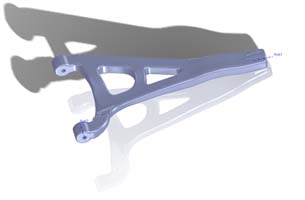 Figure 4. R-Design’s engineers enhanced the parametric model of the suspension arm in SolidWorks. (Courtesy of R-Design.) | 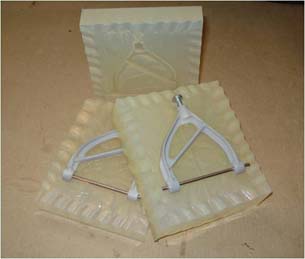 Figure 5. The Objet Eden 3D printer was used to create a silicone-casting tool for the vacuum casting system. (Courtesy of R-Design.) |
Bob Cramblitt is a writer based in Cary, NC, who focuses on technologies that make major differences in the way companies design, engineer and manufacture.
Subscribe to our FREE magazine, FREE email newsletters or both!
About the Author
DE’s editors contribute news and new product announcements to Digital Engineering.
Press releases may be sent to them via [email protected].






